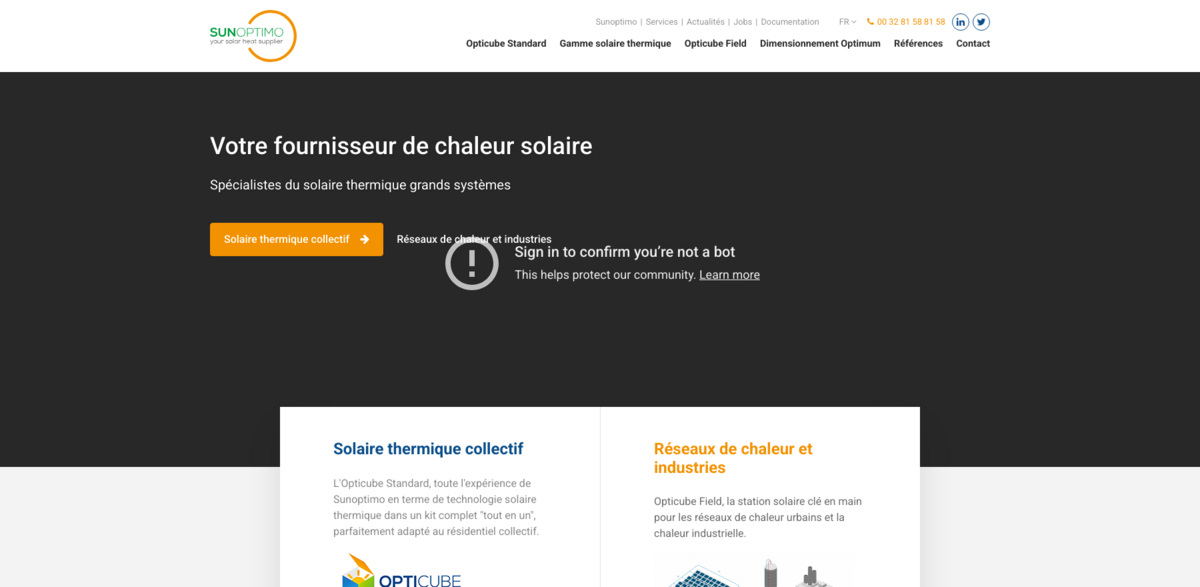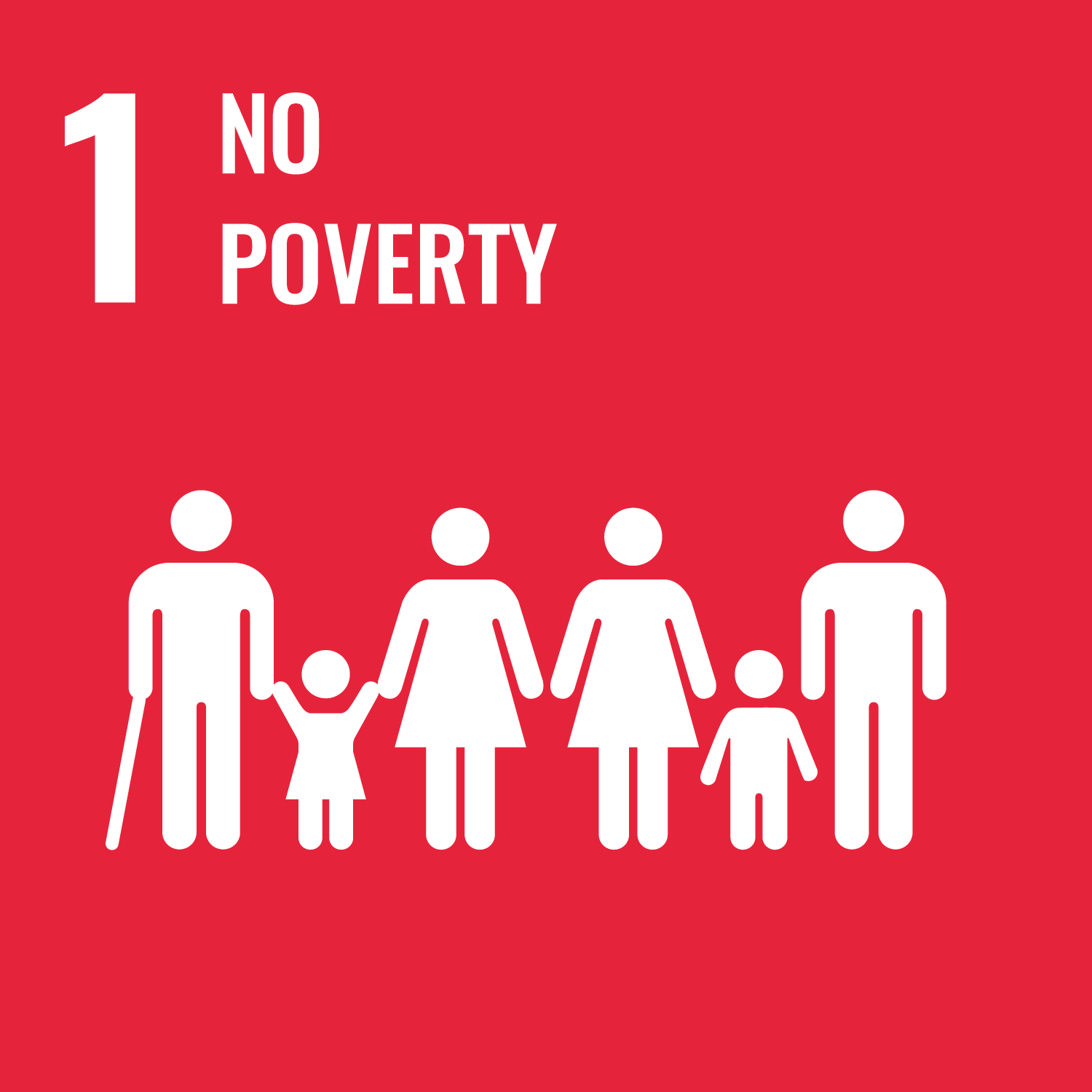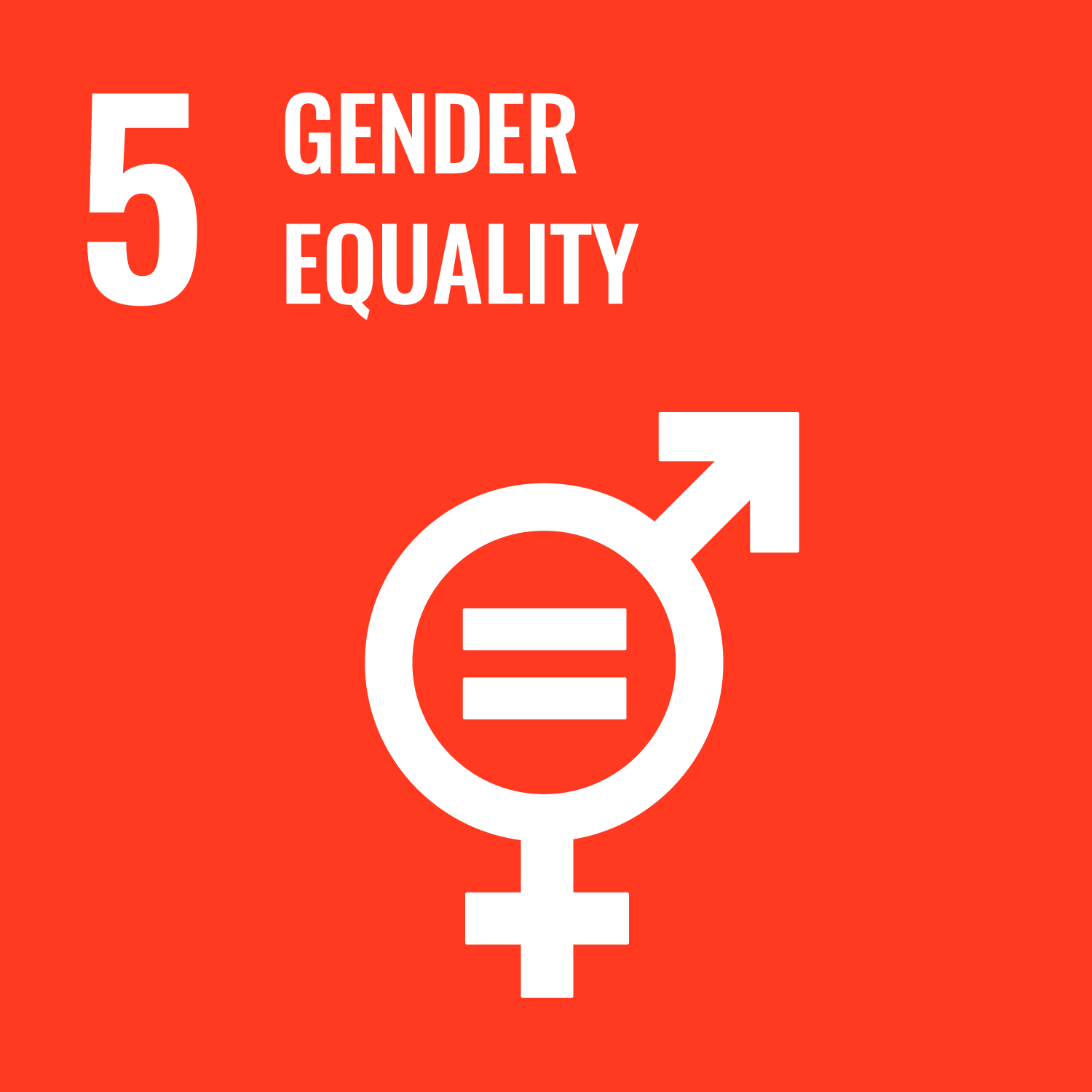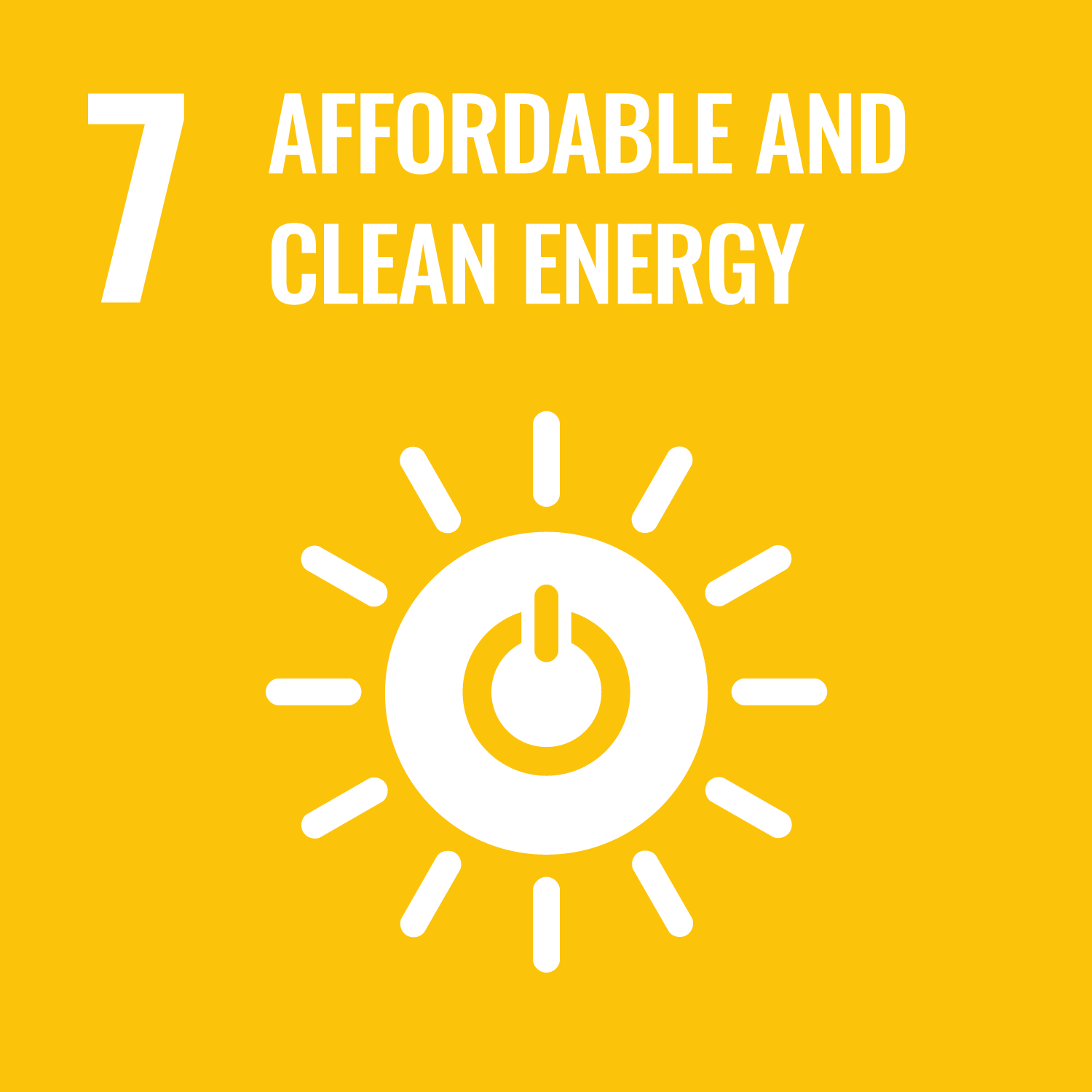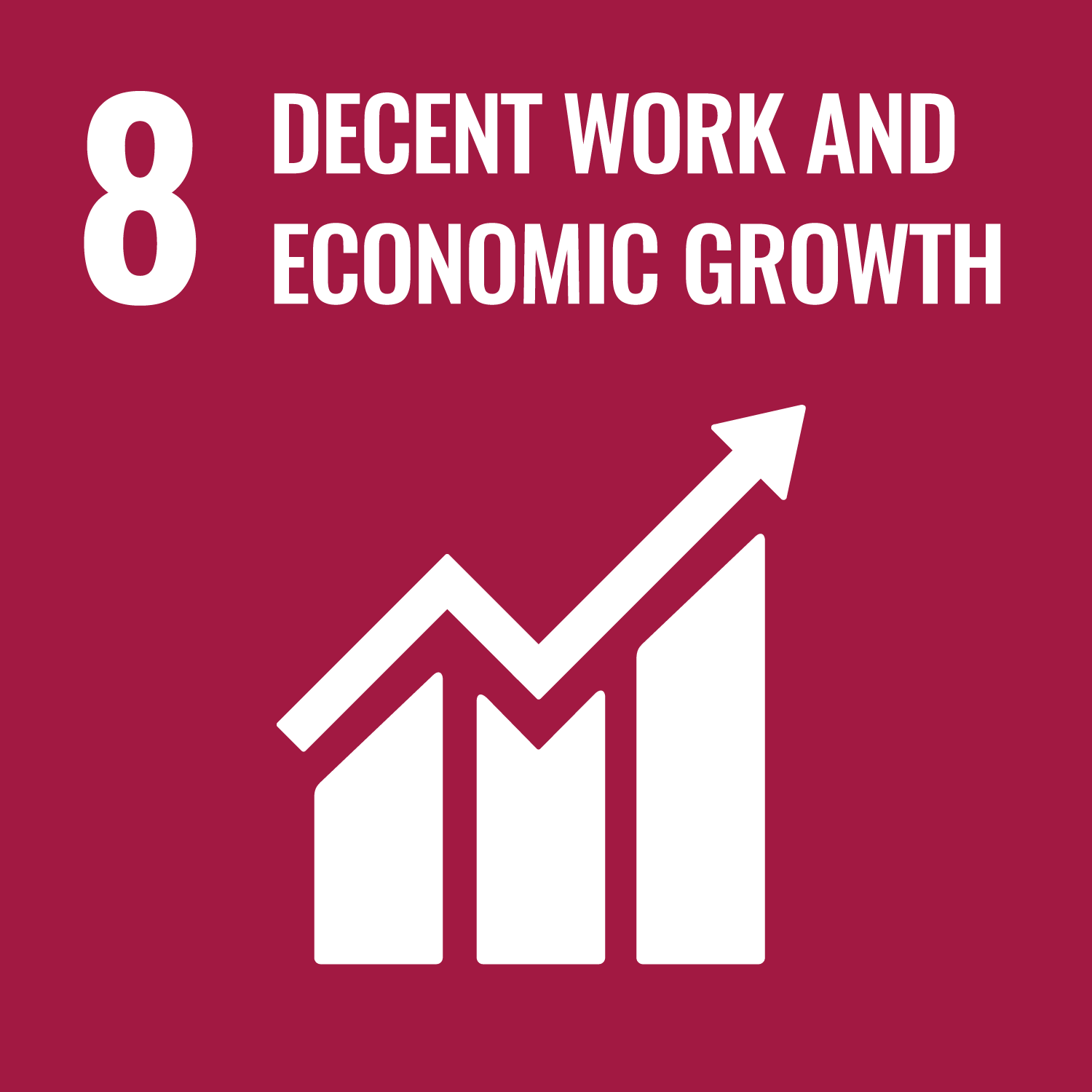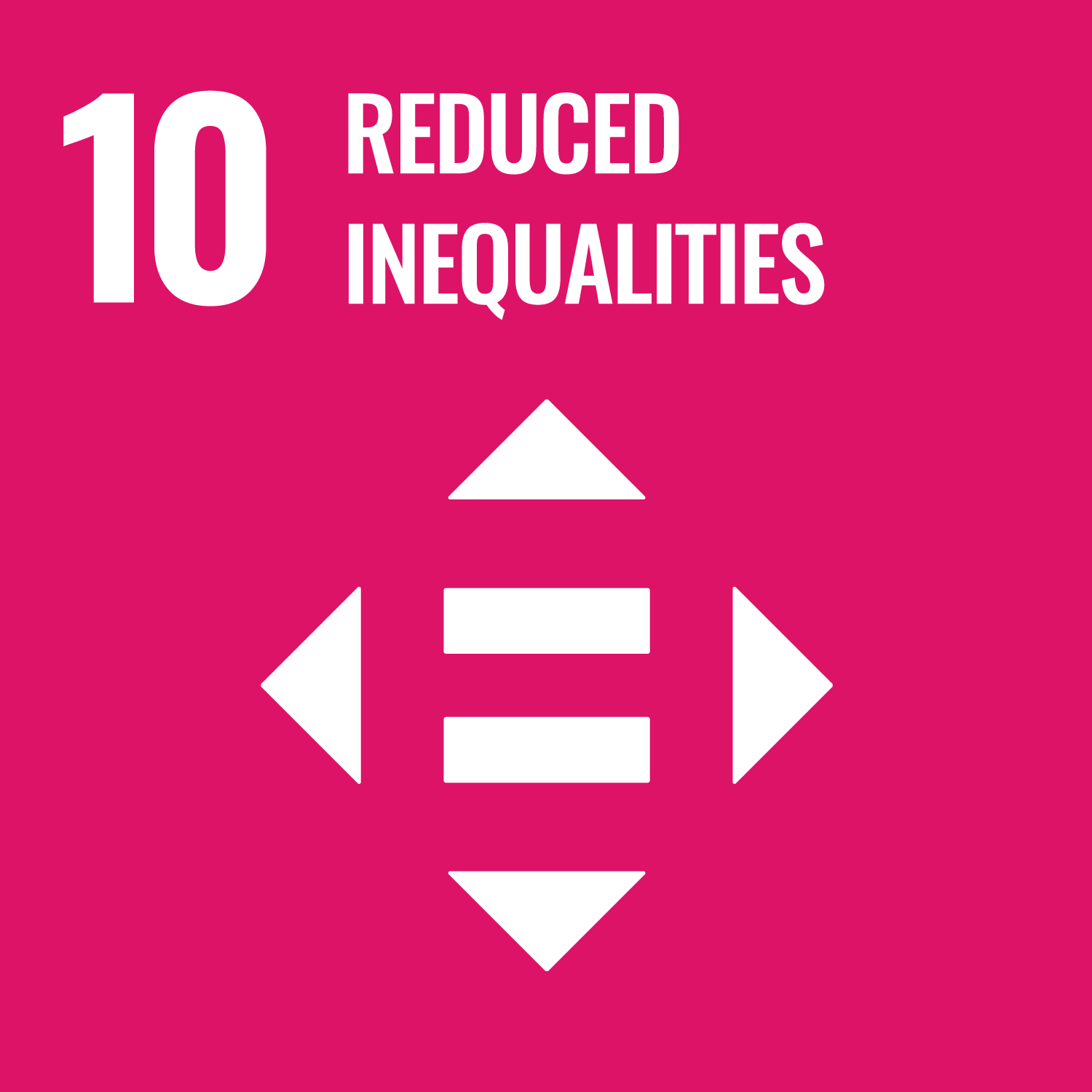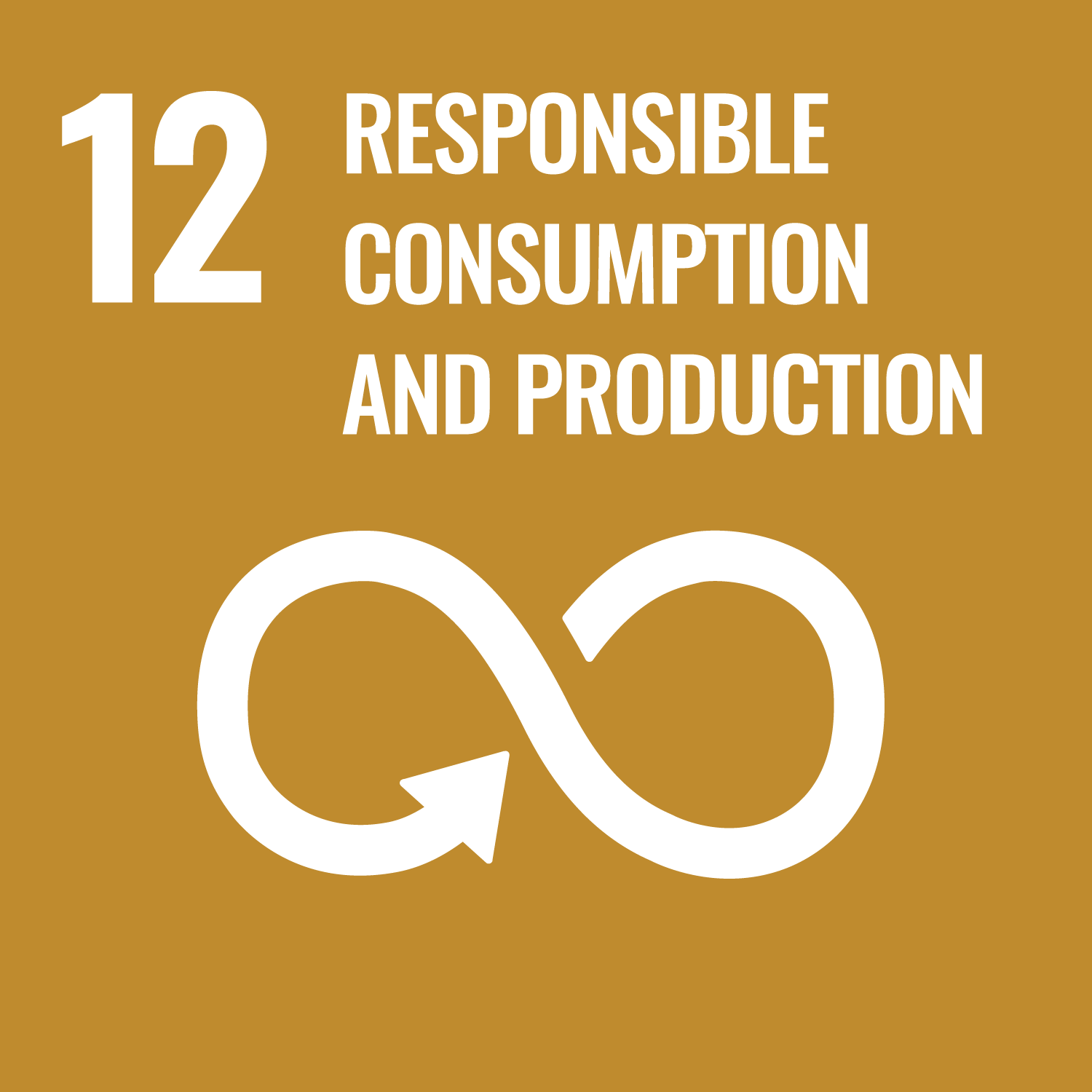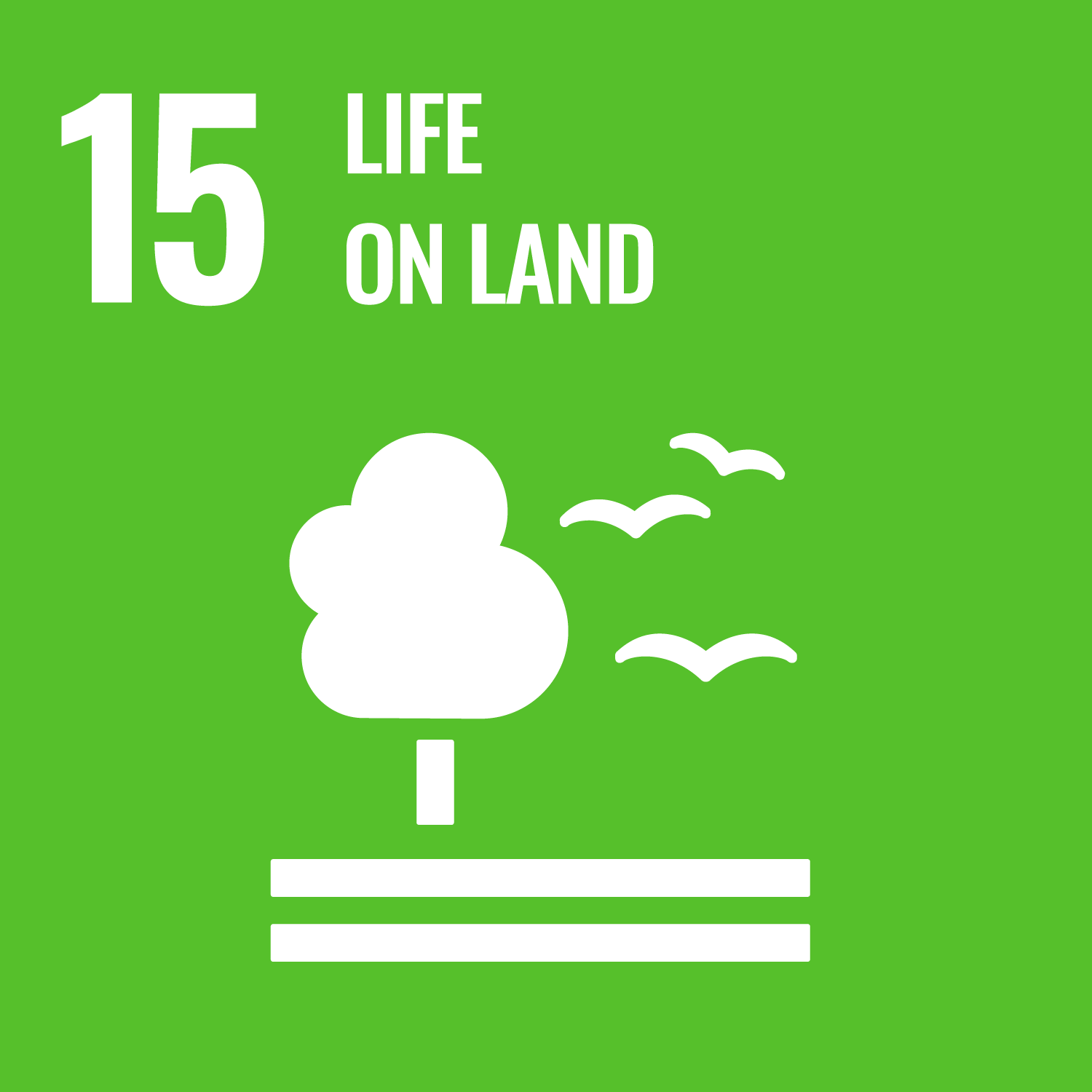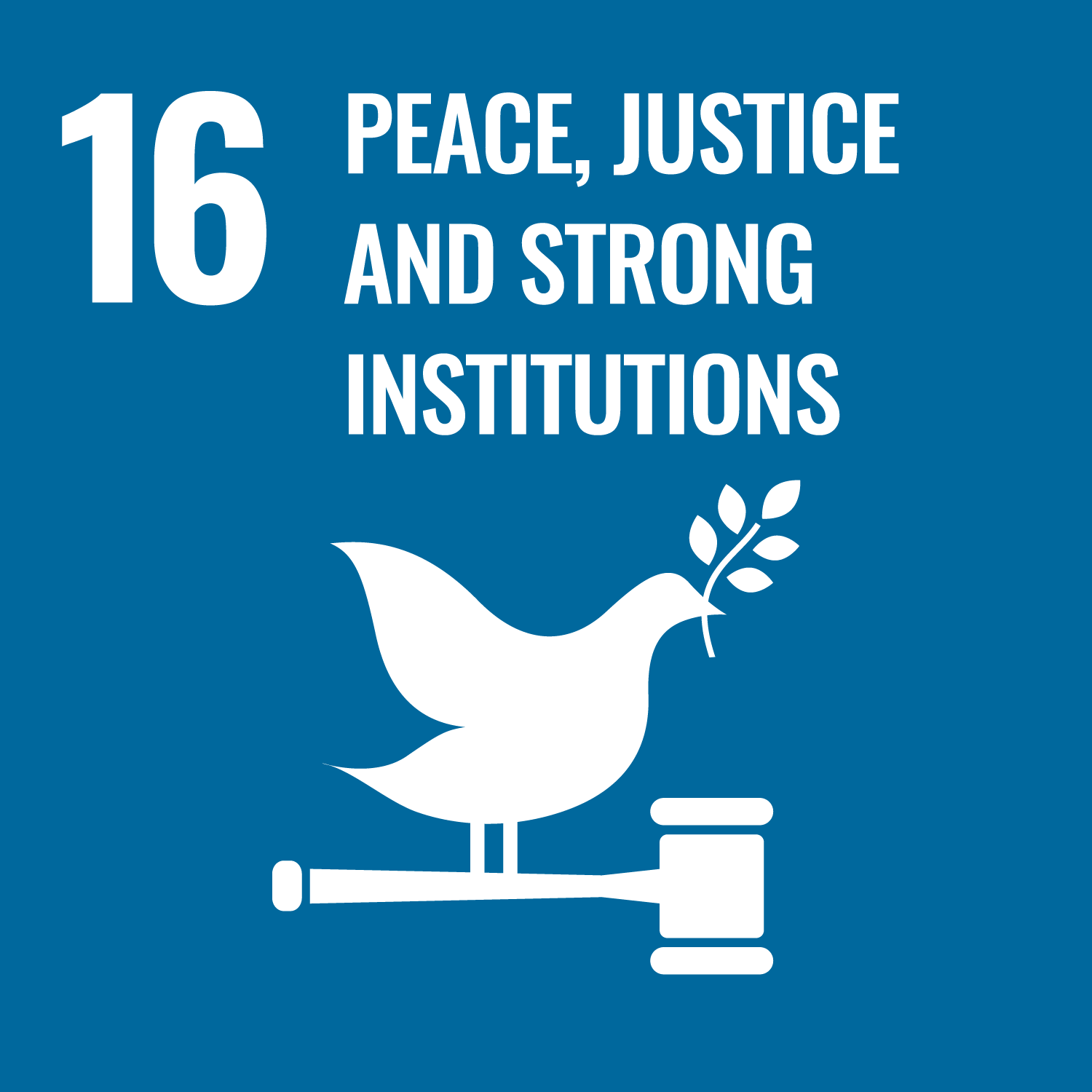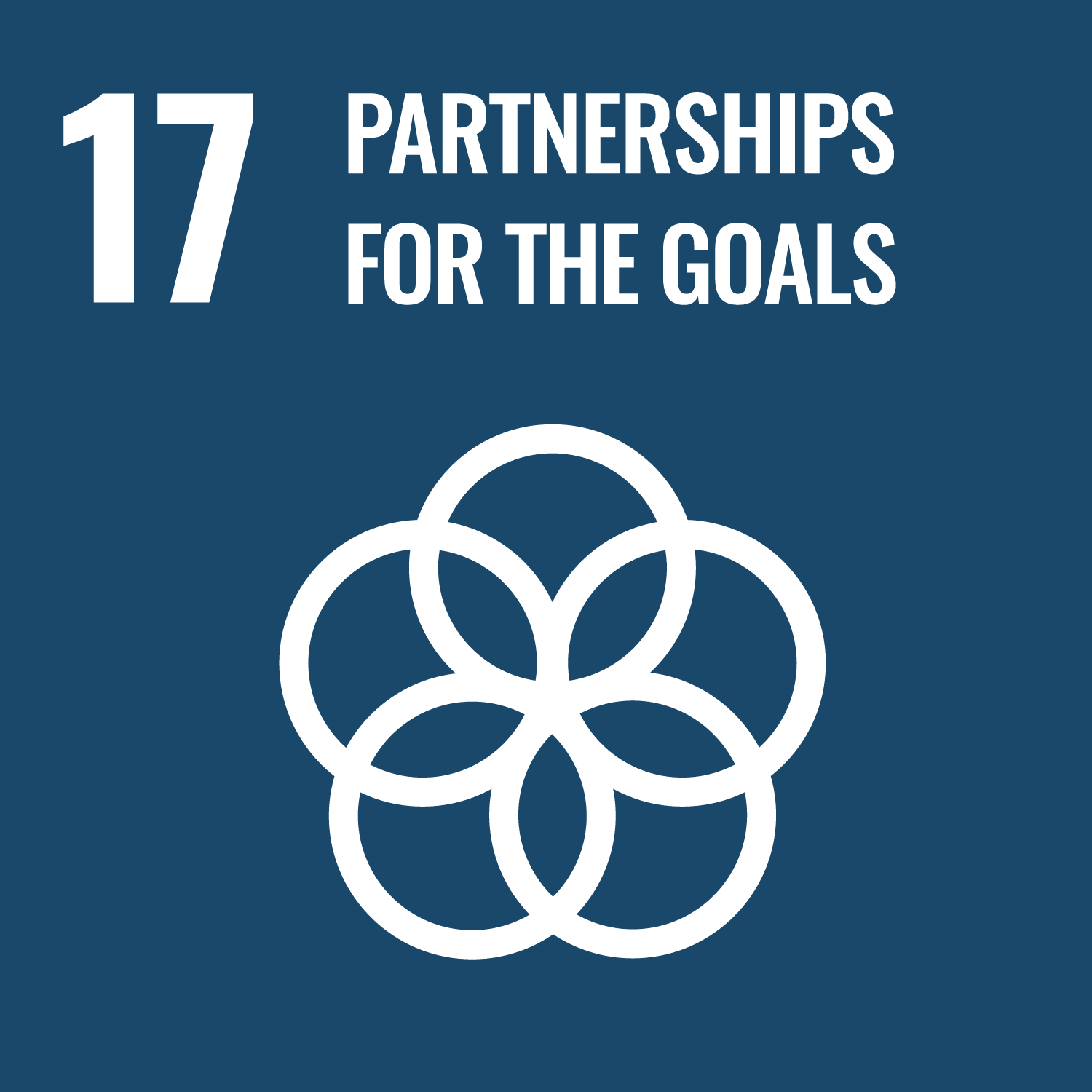What the Project Is
Founded by mother and daughter Kim and Dechen Yeshi in 2007, Norlha stands as the Tibetan Plateau’s first yak khullu atelier. Handcrafted by former nomads, the products—ranging from exquisite scarves to stunning shawls—are a blend of centuries-old techniques and modern innovation… Traditional methods meet new technology in a harmonious balance that has redefined luxury in the world of sustainable fashion and textiles.
Main Benefit
Norlha’s journey embodies a remarkable blend of tradition, innovation, and community impact. The following key figures and facts highlight its impressive benefits:
- Unique Position: The Tibetan Plateau’s first yak khullu atelier.
- Heritage and Modernity: Employs technology such as imported charkhas and flying shuttle looms from India and Nepal to aid a marketable production process.
- Skilled Artisans: It takes eight different skilled artisans to make a single Norlha scarf, with the most intricate pieces taking over 100 days for completion.
- Community Impact: Since its founding, over 40,000+ hours have been dedicated to training local nomads in vocational, management, and textile skills.
- Economic Empowerment: Norlha has provided over $4M USD in local salaries, uplifting Ritoma Village and surrounding communities.
- B Corp Score: Achieved an impressive score of 80.6, reflecting responsible business practices in sustainable fashion.
Traditional Meets Innovation
Operating in Ritoma Village—a nomad settlement of 230 families, 6000 yaks, and 20,000 sheep—Norlha has innovated by combining modern technology with traditional methods. The use of charkhas and modern flying shuttle looms has been key to transforming drop spindles and blackstrap looms into tools that suit today’s market. This dynamic merging of eras, though sometimes surprising, has created a product lineup that feels both timeless and current.
Crafts of Ancient Heritage
The artisans behind every piece at Norlha are steeped in history, having spanned generations in spinning, weaving, and felting. Their deep-rooted skills are the foundation on which Norlha’s exceptional products, such as luxurious scarves and shawls, are built. The journey from nomadic traditions to innovative textile craftsmanship is evident in every thread and detail, ensuring that each piece stands as a tribute to both cultural heritage and artistic dedication.
The Fusion of Modernity and Tradition
Modern technology has been carefully interwoven with traditional know-how, creating textiles that are not only fashion-forward but also respectful of centuries-old practices. Picture this: local women incorporating modern felting techniques while retaining traditional patterns and textures—a creative mix that is as resourceful as it is visually stunning. The resulting products are a celebration of cultural continuity with a contemporary twist, appealing to those who value sustainable yet luxurious fashion.
Project Impact
- SDG 1: No Poverty – Elevating local livelihoods and ensuring financial stability for former nomads.
- SDG 4: Quality Education – Investing over 40,000+ hours in vocational and textile training.
- SDG 5: Gender Equality – Empowering women in the community through skill enhancement and employment opportunities.
- SDG 8: Decent Work and Economic Growth – Generating over $4M USD in local salaries and creating career possibilities in sustainable textiles.
- SDG 12: Responsible Consumption and Production – Upholding high standards in environmentally-conscious luxury fashion.
A Future in Sustainable Fashion
More than just a project, Norlha represents a transformative approach to fashion and textiles. This initiative has redefined how luxury fashion, sustainable fashion, and traditional artistry coexist in today’s market. Set in Ritoma Village, every piece encapsulates the story of a community that has embraced change while honoring its past. The process—from handling rare khullu fibers to meticulously crafting each scarf with the combined expertise of eight skilled artisans—speaks volumes about the dedication and precision involved. Over the years, the project has witnessed an evolution, not only in its techniques but also in its commitment to local empowerment and ethical production. It’s a dialogue between history and modernity; a narrative where ancient skills meet contemporary demands. The meticulous training and technology integration have allowed the enterprise to produce marketable, luxurious textiles that resonate with the growing global appetite for sustainable and responsible fashion.





